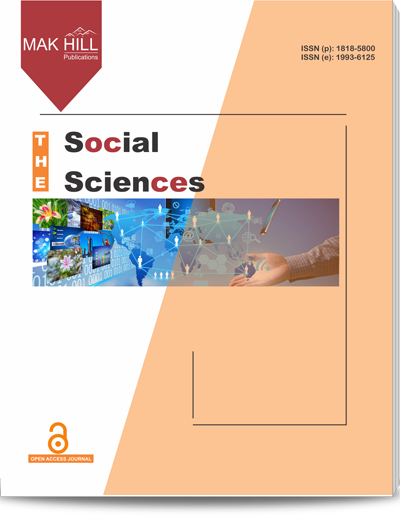
The Social Sciences
ISSN: Online 1993-6125ISSN: Print 1818-5800
156
Views
0
Downloads
Abstract
The development of modern biotechnology has the potential to enhance the quality of the industrial, medical and agricultural sectors worldwide. However, it has created a divisive debate globally on its positive and negative impacts. The objective of this study is to assess the permissible status of interspecies gene transfers in plant biotechnology from the Islamic perspective. This study involved the identification and interpretation of the verses from al-Quran and quotations from al-Sunnah and the analysis of other relevant Islamic sources. The permissible status of food derived from plant biotechnology according to the Islam perspective must fulfill the concept of halalan tayyiban. Halalan tayyiban refers to the permissible status of food in relation to Syariah or the Islamic law. There are two important parts in determining the status of halalan tayyiban for plant biotechnology products the beginning process (input) or the gene sources and the final process (output) which refers to the direct or indirect impact of the final products to the five objectives of syariah. In conclusion from the Islamic point of view, the development of modern biotechnology is permitted if the inserted genes are taken from halal (permissible) sources and at the same time it does not cause any harmful effects to the five objectives of syariah.
How to cite this article:
Latifah Amin, S. Siti Fairuz, Abdul Latif Samian, Mohamad Sabri Haron, Mohd Nasran Mohamad and Mohd Yusof Othman. The Permissibility Status of Plant Biotechnology from the Islamic View.
DOI: https://doi.org/10.36478/sscience.2012.502.509
URL: https://www.makhillpublications.co/view-article/1818-5800/sscience.2012.502.509